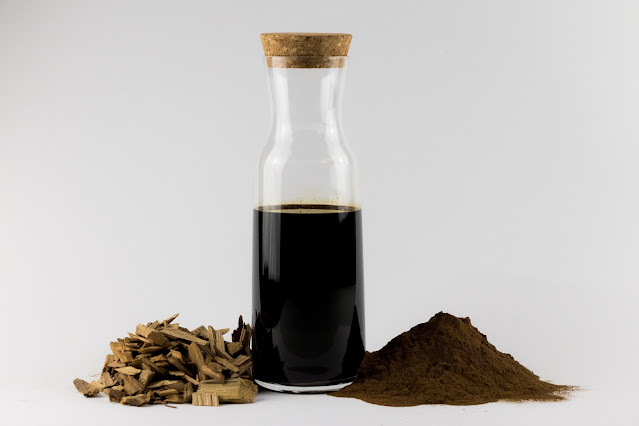Tannin Market by Source, Product and Application: Global Opportunity Analysis and Industry Forecast, 2018-2026

Market Forecast for Tannin, 2018-2026
The global tannin market was estimated at $2.2 billion in 2018, and is expected to increase at a CAGR of 5.7 percent from 2018 to 2021, to reach $4.0 billion by 2026.
COVID - 19 Analysis -
The global pandemic outbreak of 19 has interrupted the manufacturing of leather goods, wine, and wood glue, as well as government-imposed lockdown measures, resulting in a drop in global demand for tannin.
Tannin is a complicated chemical compound made up of phenolic acids (also known as tannic acid). Tannins are phenolic chemicals that can be found in a variety of plant species. Commercial tannins are amorphous solids that range in colour from pale yellow to light brown and come in powder, flakes, or a spongy mass. They are mostly employed in the tanning of leather, dyeing of fabrics, and the production of ink, as well as in a variety of medical applications.
The spike in demand from the leather tannery, wine, paints & coatings, and adhesive manufacturing industries is propelling the worldwide tannin market forward. Furthermore, rising alcohol consumption due to increased disposable income and rising consumer living standards around the world is likely to boost tannin demand. Furthermore, the worldwide tannin market is being driven by an increase in demand for luxury items, such as automobiles with beautiful leather interiors, clothing, and shoes, as well as an increase in the usage of tannins in applications such as healthcare and wood adhesives.
However, the tannin market's expansion is projected to be hampered by the carcinogenic effects of tannins over the forecast period. During the projected period, however, the rise in the number of start-ups offering innovative products and technologies is expected to present profitable potential prospects for the tannin market.
The size of the global tannin market is divided into four categories: source, product, application, and geography. The market is divided into two types of sources: plants and brown algae. It is divided into three categories: hydrolysable, non-hydrolysable, and phlorotannin. Leather tanning, wine manufacturing, wood adhesives, anticorrosive primers, and other applications are among them. It is researched throughout North America, Europe, Asia-Pacific, and Latin America and the Caribbean.

Comments
Post a Comment